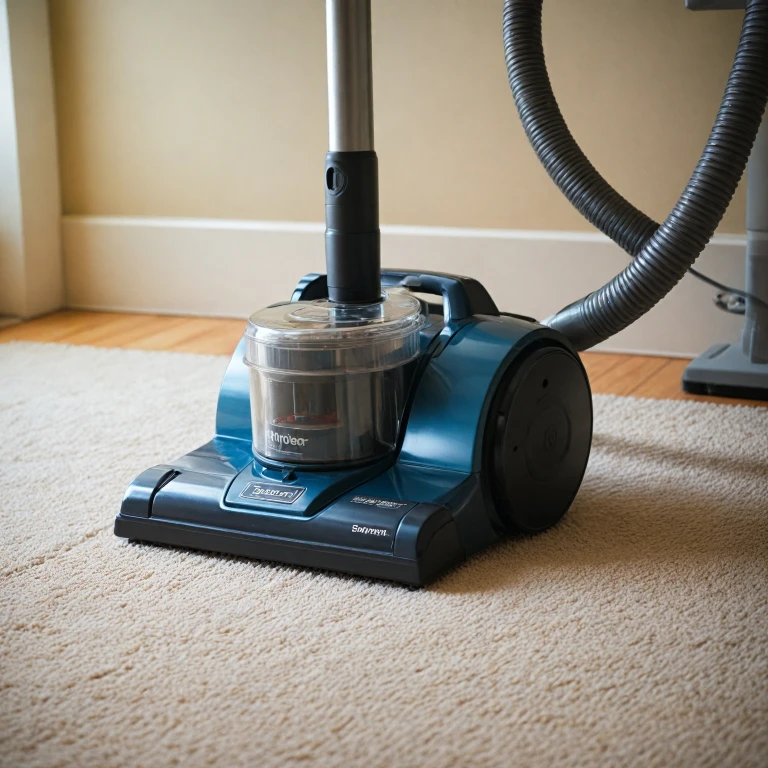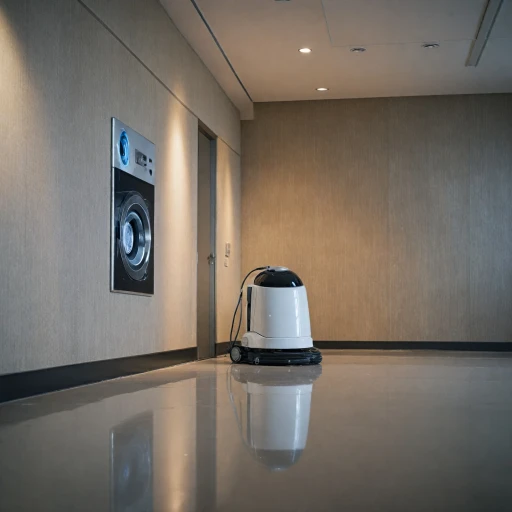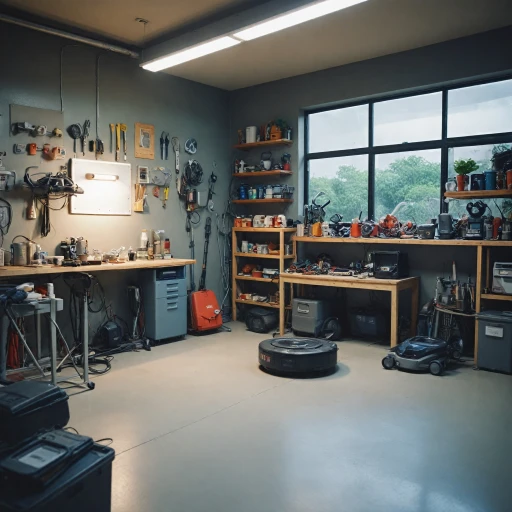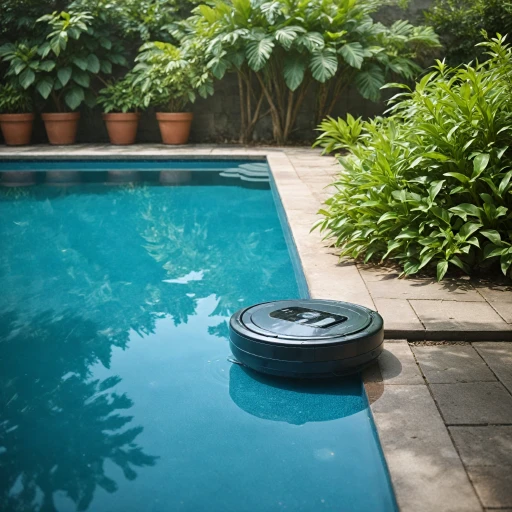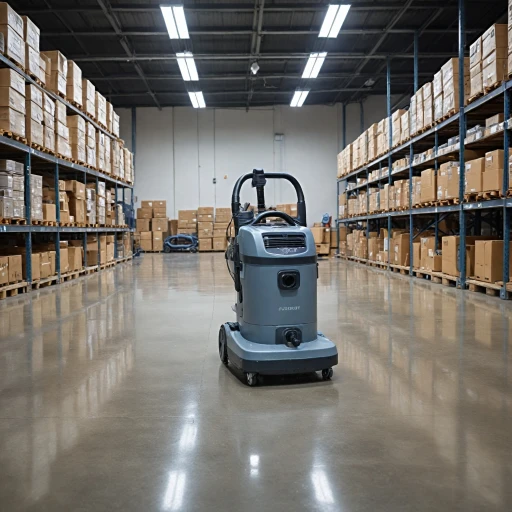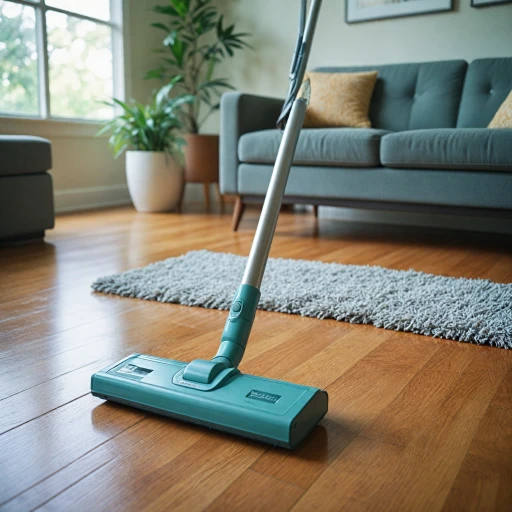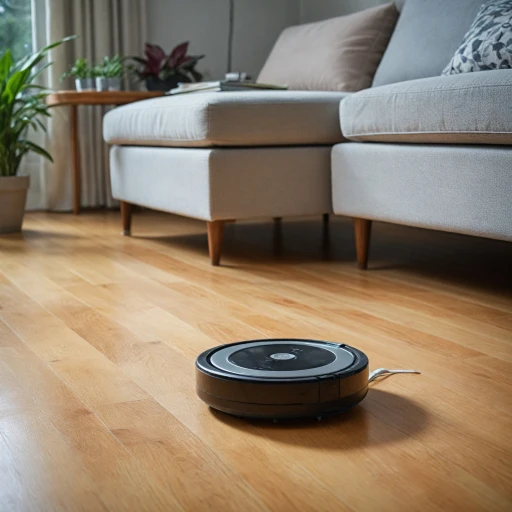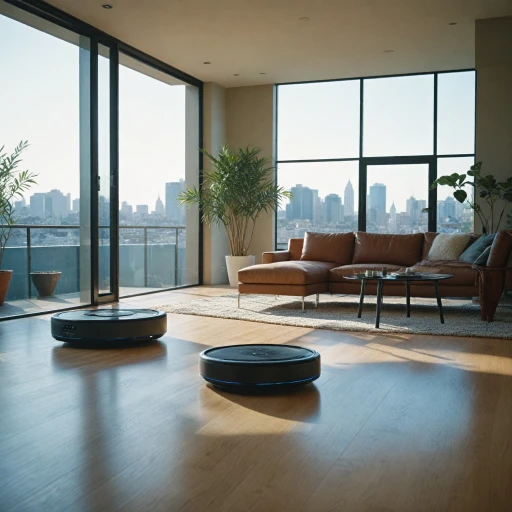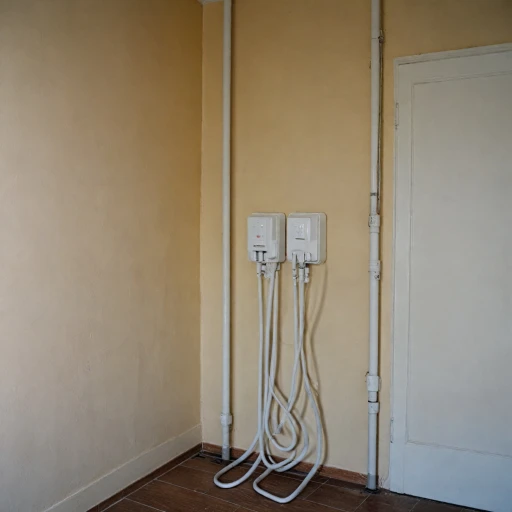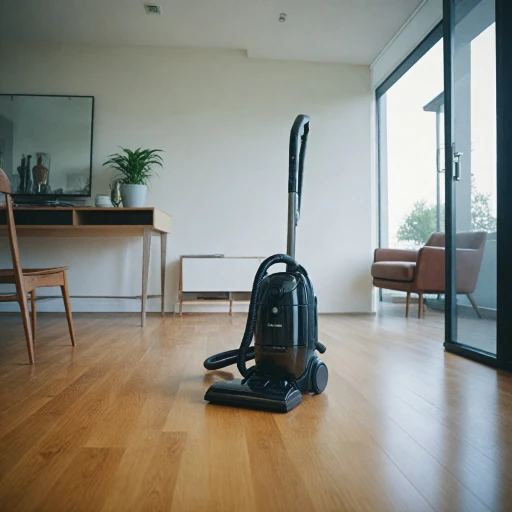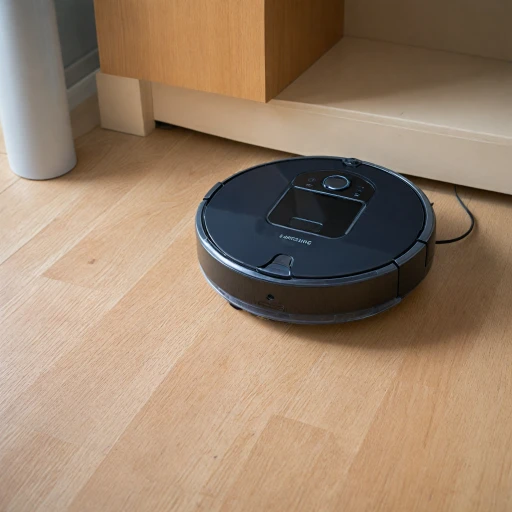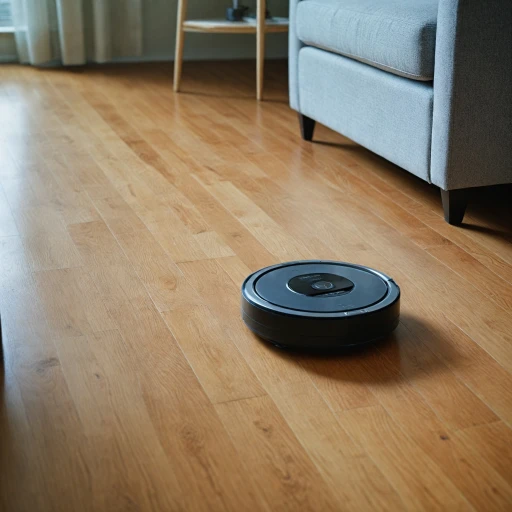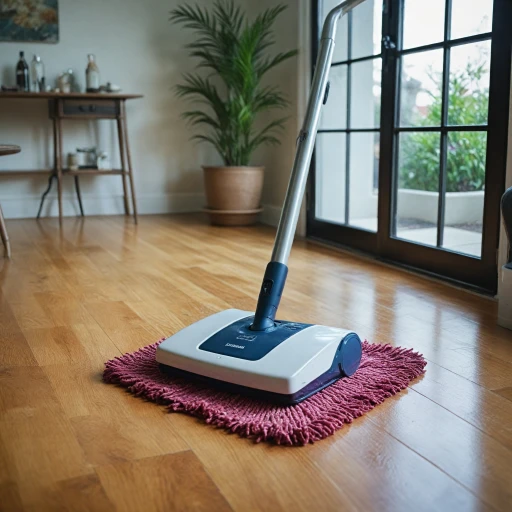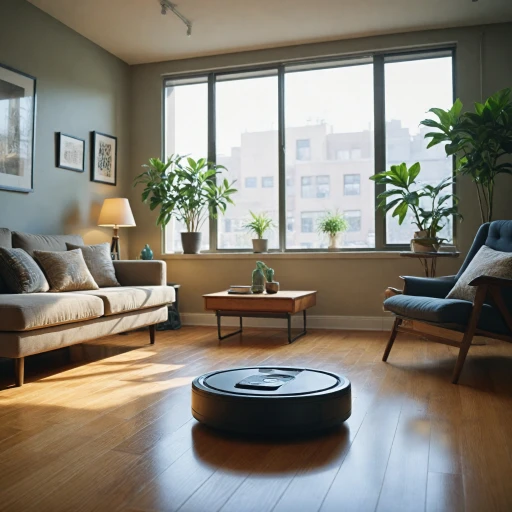
The Anatomy of a Hoover Vacuum
Exploring the Core Components
Understanding the essential parts of a Hoover vacuum is crucial for anyone considering a purchase or looking to maintain their current model. Hoover vacuums, known for their reliability and efficiency, consist of several key components that work together to ensure optimal performance. Let's delve into these components to gain a better understanding of how they contribute to the overall functionality of the vacuum.
Motor and Suction Power
The motor is the heart of any vacuum cleaner, including Hoover models. It generates the suction power necessary to lift dirt and debris from various surfaces. The efficiency of the motor directly impacts the cleaning performance, making it an essential part to consider when evaluating different models. Hoover vacuums typically offer robust motors that ensure effective cleaning, whether you're dealing with carpet or hard floors.
Filters and Bags
Filters play a critical role in trapping dust and allergens, improving air quality as you clean. Hoover vacuums often come with high-quality filters that require regular maintenance to maintain their effectiveness. Depending on the model, you might encounter bagged or bagless designs. Bagged vacuums require vacuum bags, which need replacement when full, while bagless models use a canister that needs periodic emptying.
Brushes and Belts
Brushes and belts are vital for agitating dirt and debris, making it easier for the vacuum to pick them up. Hoover vacuums typically feature durable brushes that can handle pet hair and other challenging debris. The belts, on the other hand, ensure the brushes rotate effectively. Regular inspection and replacement of these parts can prevent common issues and prolong the life of your Hoover vacuum.
Accessories and Attachments
Hoover offers a range of parts accessories designed to enhance the functionality of their vacuums. These include specialized tools for cleaning upholstery, crevices, and even pet hair. Investing in the right accessories can make a significant difference in your cleaning routine, especially if you have specific cleaning needs.
For a more comprehensive understanding of how these components compare to those in robot vacuums, you might find this comprehensive guide helpful.
Common Issues with Hoover Vacuum Parts
Typical Problems with Key Components
In the everyday operation of a Hoover vacuum, certain parts are more prone to issues than others. Understanding these common issues is crucial to ensuring your vacuum operates efficiently and prolonging its longevity. Recognizing which components frequently require attention can also help you gauge whether the issue can be resolved through simple maintenance or if replacements are needed.
Frequent Filter Clogging: One of the most common issues faced by vacuum users is clogged filters. Regular cleaning or replacing vacuum filters is essential, as dirty filters can restrict airflow and reduce cleaning efficiency. This is particularly common in homes with pets or high foot traffic areas where vacuuming is frequent.
Belt Slippage and Breakage: Another common problem encountered is with vacuum belts. Over time, belts can wear out or slip, causing the brush roller to stop spinning properly. This results in a significant drop in cleaning performance, especially on carpet surfaces.
Bag and Bin Issues: Malfunctioning vacuum bags and bins can also be a source of frustration. For bagged models, failure to secure the bag properly can lead to dust leakage, while bagless vacuums may face issues with the bin not sealing correctly.
Motor Wear and Tear: The motor is the powerhouse of any vacuum cleaner, including Hoover models. Over time, motors can wear out, leading to diminished suction power or complete failure.
Challenges with Vacuum Assembly: Incorrect or loose assembly of parts can result in compromised vacuum performance. Ensuring that all parts—such as hoses, accessories, and attachments—are properly connected is crucial.
For those troubleshooting their Hoover models, it's useful to keep a comprehensive guide of Hoover's anatomy or consider exploring the fascinating world of cool robot names for insights on innovative repair tips. Addressing these common problems promptly can aid in maintaining a Hoover vacuum's efficiency and effectiveness over time.
Maintenance Tips for Prolonging the Life of Your Hoover Vacuum
Regular Maintenance to Optimize Performance
Maintaining your Hoover vacuum is crucial to ensuring its long-term efficiency. Consistent upkeep not only prolongs the life of your cleaner but also saves you from incurring high costs on parts and accessories in the future. Here’s a practical look at how you can effectively maintain your vacuum:
- Filter and Bag Monitoring: Regularly inspect your vacuum filters and bags. Filters can become clogged over time, reducing the efficiency of your cleaner. Opt for high-quality vacuum filters to enhance filtration. Choose the right filter for your needs with our guide on HEPA vacuums.
- Inspecting and Replacing Belts: Hoover vacuums often depend on belts to drive the brush roll. Check these belts periodically for wear and tear. Replacing worn-out belts can improve the carpet cleaning performance significantly.
- Checking and Cleaning Brushes: The brushes in your Hoover vacuum should be clean and free of debris. For pet owners, this step is particularly important to ensure efficient hair removal from carpets and upholstery.
- Thorough Cleaning of Accessible Parts: Regularly disassemble and clean the accessible parts of the vacuum, such as the dustbin and nozzle. This routine maintenance helps in keeping the vacuum running smoothly.
Utilizing Smart Technology for Maintenance Alerts
Modern Hoover vacuums come equipped with technology like the Hoover OnePWR system, which aids in monitoring battery health and performance. Some advanced models even offer maintenance alerts that keep you informed of necessary routine checks.
- Smart Monitoring: Many of these vacuums feature apps that guide you through the maintenance process step-by-step, making it easier to follow the necessary procedures and optimize vacuum performance.
- Investing in Accessories: Investing in quality accessories, such as Hoover OnePWR batteries, can enhance your cleaning experience and prolong the life of your cleaner.
By adopting these maintenance habits, you can ensure your Hoover vacuum remains efficient, cost-effective, and long-lasting, all while keeping your home and commercial spaces pristine and inviting.
The Role of Technology in Modern Hoover Vacuums
Integrating Advanced Features in Today's Vacuums
The modern evolution of Hoover vacuums is notable for its integration of technology that enhances performance and usability. Today's vacuum cleaners, whether they are traditional models or the newer range of robot vacuums, leverage technology to improve cleaning efficiency and convenience.
One essential aspect of this technological enhancement is the incorporation of smart sensors. These sensors aid in the detection of dirt or obstacles, enabling the vacuums to navigate spaces with precision, whether in a cozy carpeted living room or a busy commercial shop. Additionally, the Onepwr system by Hoover offers a distinctive advantage by providing interchangeable batteries that extend the operational life of battery-powered models, offering both flexibility and price regular convenience.
The inclusion of app connectivity is another pivotal technological advancement. Many Hoover vacuums now sync with smartphone applications, allowing users to control their cleaning schedules remotely or adjust settings efficiently. Such connectivity is immensely beneficial, especially for those with hectic lifestyles or for pet owners dealing with constant messes.
Moreover, the innovation in filters and bags cannot be overlooked. HEPA filters, for instance, play a crucial role in capturing allergens, ensuring that the air expelled from the vacuum is clean—a significant improvement over earlier models. Whether users opt for bagless models or traditional vacuum bags, the emphasis is on trapping as many particles as possible.
Technology's Influence on Performance and Design
The design and assembly of Hoover vacuums have evolved to become more ergonomic and user-friendly, as demand increases for appliances that offer both efficiency and ease of handling. Innovations like the SmartWash carpet cleaner are testament to this, offering deep-cleaning solutions that are easy to maneuver over a range of surfaces.
Additionally, the interaction between technology and performance is evident in the durability of vacuum belts and assembly hoover components, which are now crafted for longevity. This ensures that the hoover vacuums maintain performance across extended use, reducing the need for frequent replacements.
As technology continues to develop, one can anticipate further advancements in both the functionality and design of vacuum cleaners. While we explore these developments, the real-time adaptability of current models already illustrates a forward leap in cleaning technology.
Comparing Hoover Vacuum Parts to Other Brands
Analyzing Hoover Vacuum Components Relative to Competitors
In the world of vacuum cleaners, the comparison of Hoover vacuum parts to those of other brands is crucial for understanding consumer choice and market trends. When discussing the anatomy of a Hoover vacuum, one can't help but notice the intricate design and assembly that contributes to its durability and efficiency.
Let's take a look at some of the essential Hoover vacuum components and see how they stack up against other notable brands in the market:
- Filters and Bags: Hoover vacuum filters and bags are known for their ability to trap fine dust particles effectively. Compared to brands like Miele and Dirt Devil, Hoover offers a balanced combination of filtration efficiency and price point. This balance is particularly evident in their SmartWash carpet cleaner, which integrates advanced filter technology.
- Belts and Motors: When it comes to belts, Hoover excels in providing durable vacuum belts that ensure a long life for their vacuums. Unlike some competitors, these parts are designed for easy maintenance and replacement, a significant advantage highlighted in the maintenance tips for prolonging the life of your Hoover vacuum.
- Assembly and Accessories: Hoover's vacuum parts assembly and accessories are known for their straightforward design which facilitates easy repairs and replacements. This is beneficial when dealing with common issues, as described in other sections of this discussion.
With the advent of advanced technology, brands like Hoover have started to incorporate smart features into their vacuums. The Hoover ONEPWR series, for instance, competes well with smart home brands by offering cordless convenience and powerful suction, similar to premium models from competitors yet at a more accessible price.
In comparing Hoover to its competitors, it is evident that its vacuums maintain a balance of performance, price, and practicality. This positioning makes Hoover a reliable choice for various cleaning needs, from commercial spaces to pet-friendly homes. As innovations continue to evolve in the cleaner industry, the distinction between manual and robotic functions will increasingly affect consumer decisions. Yet, Hoover remains a solid contender in the traditional vacuum space.
The Future of Robot Vacuums and Their Impact on Traditional Models
Innovative Advances in Autonomous Cleaning
As technological advancements penetrate every facet of daily life, the realm of cleaning is no exception. Robot vacuums are rapidly transforming the landscape once dominated by traditional models like the Hoover vacuum. These automated marvels, equipped with sophisticated navigation systems and smart technologies, are redefining how we perceive household cleaning.
Unlike their conventional counterparts, like the Hoover vacuum that requires manual operation and regular maintenance to ensure optimal performance, robot vacuums offer a hands-free cleaning solution. Equipped with sensors and cameras, these cleaners can map your home, efficiently handling tasks over various floor types, including carpets. The convenience of scheduling cleanings via smartphone apps allows users a level of control that aligns with today's fast-paced lifestyles.
Cost and Accessibility
While the initial price tag of some high-end robot vacuums might seem steep compared to traditional models, the market offers a wide range of options. The price range mirrors that of regular vacuum cleaners, where commercial and shop models possess higher price points due to additional features like central vacuum capabilities and enhanced cleaning supplies.
Furthermore, maintenance costs for robot vacuums can be lower over time, thanks to fewer parts requiring regular replacement. Traditional models rely on frequent changes of vacuum bags, filters, belts, and other accessories, all part of the assembly hoover. In comparison, some robot vacuums are bag-less, utilizing advanced vacuum filters needing less frequent attention.
The Integration of Smart Technologies
One of the most profound impacts of robot vacuums on the cleaning industry is their integration of smart technology. These devices often sync with smart home systems, offering voice-activated controls and real-time operation monitoring. This evolution not only enhances user convenience but also optimizes cleaning efficiency, even outperforming some stick vacuums and traditional hoover onepwr models.
Moving Forward: Co-existence and Specialization
Despite their growing popularity, robot vacuums aren't rendering traditional cleaners obsolete. Instead, they complement them. For instance, while robots are exemplary on hard surfaces and low-pile carpets, a robust stick vacuum or hoover still leads in deep-cleaning thick carpets or dealing with pet hair. Thus, the future likely involves a harmonious coexistence where each type of cleaner fulfills specific roles, facilitating a comprehensive clean with minimal user intervention.
In summary, as robot vacuums continue to evolve, the conventional concept of vacuuming is being reshaped to accommodate higher efficiency and connectivity, guiding us towards a cleaner future with ease.
